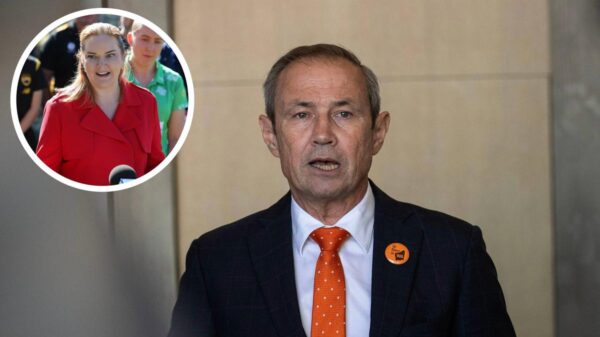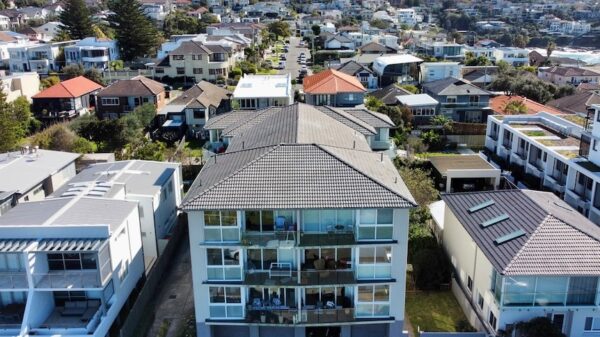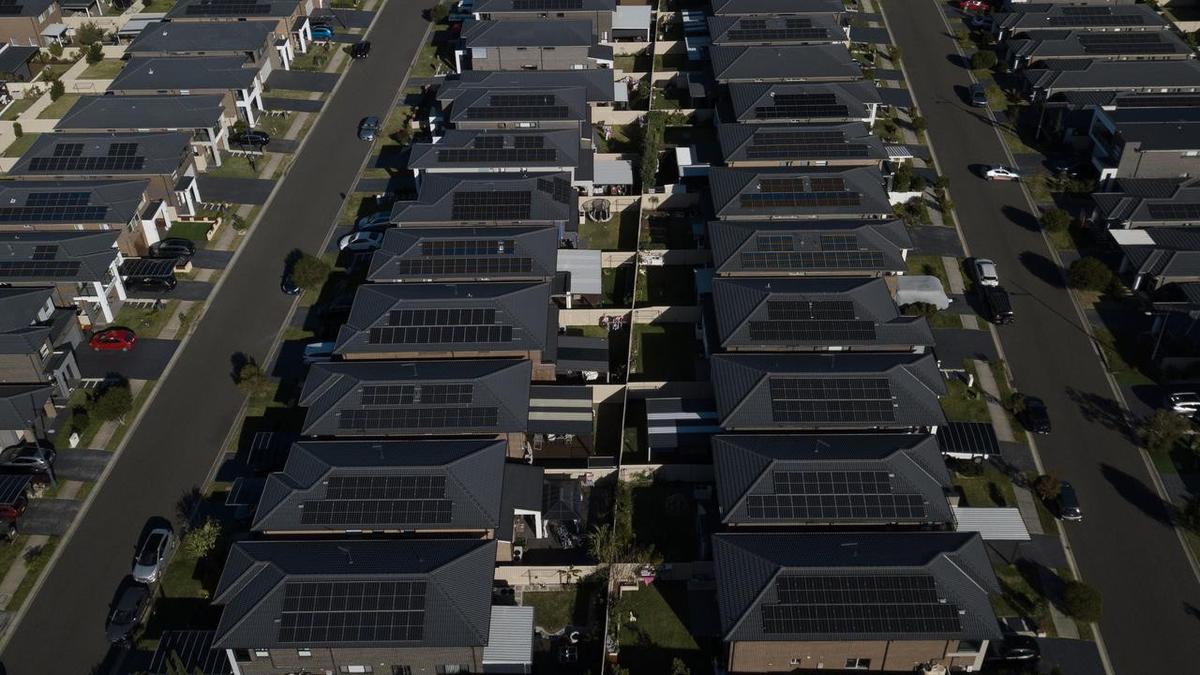UPDATE: Australians are rapidly adopting rooftop solar and battery systems, saving households money, but the Australian Energy Regulator warns that enhanced coordination with the energy grid is essential to prevent potential bill shocks. The latest report reveals that rooftop solar accounted for a record 14.7 percent of the national energy market’s total generation in the first quarter of 2025, surpassing wind turbines at 13.7 percent and large-scale solar at 9.3 percent.
As households increasingly pair these solar systems with batteries, installations are accelerating, driven by federal subsidies. The 2025 State of the Energy Market Report emphasizes that rooftop solar, batteries, and electric vehicles could significantly lower energy costs for consumers who invest in them.
The report states, “
The broader system and economic benefits for all consumers will depend on the extent to which consumer energy resources can be orchestrated.
” This orchestration, involving virtual power plants and vehicle-to-grid technologies, could help smooth out energy demand peaks, reducing the need for costly investments in large-scale solar and wind infrastructure.
However, the Australian Energy Regulator warns that projected savings on network costs are uncertain. They depend on proper policy settings, market incentives, and consumer trust to make effective orchestration a reality.
In addition to the rise of household energy resources, significant progress is being made in large-scale clean energy delivery as Australia works toward its climate targets. Clare Savage, chair of the regulator, highlighted 2024 as a pivotal year in the transition away from coal. By year-end, renewable technologies—including rooftop solar, solar farms, wind, hydro, and batteries—are expected to comprise 60 percent of the National Electricity Market’s generation capacity and contribute 39 percent of generation output, marking a substantial increase over the past decade.
Despite these advances, the rollout of large renewable projects faces challenges. Lengthy planning processes, environmental approvals, and social license hurdles are all contributing to delays in progress.
As Australia navigates this critical transition, the focus remains on maximizing the potential of individual energy resources while ensuring that all consumers benefit from the evolving energy landscape. Stay tuned for further updates as this story develops.





























































